Improving Higher Education Through Data with David Niemi
/Listen to the Episode
Subscribe to the Podcast
Episode Summary
David Niemi loves higher education. So much so that he’s spent his entire career involved in it. From an early age, David recognized that there were better ways to help students and learners achieve their goals, and he’s been on a mission to make that experience better ever since. Throughout his career, he’s been a teacher, student, EdTech leader, professor, and analyst. David perfectly straddles the line between technology, data science and education, which makes him well suited for leading Kaplan’s Learning Analytics division, as the VP of Measurement and Evaluation.
EdTech has come a long way in the last 20 years. But even today, David believes there’s lots of opportunity to do it better. He starts with a basic question: “If we actually built ed-tech that taught people something, how would we know if they’re actually learning anything?”
This is the foundation for David’s role at Kaplan. He’s looking past “completion rates” and “GPA” and looking at measuring the real skills that are transferred to the students. He’s focused on the learner outcomes, like getting a job, increasing their salary, and improving their lives and communities.
So what are the key metrics or questions should Higher Ed be focusing on? David boils it down to three easy points: Are the students learning something? What is the level of student engagement during the course? What are the measures of student motivation throughout the course? These are different than the typical metrics because they are collected in near-real-time and provide teachers with tailored feedback on each student that ensures they’re getting the right level of instruction at the right time.
“A measure of learning should tell you what new skills, knowledge, ideas and concepts have you developed. Not how many courses you completed.”
David also shared some interesting correlations between how to successfully educate learners and how to run successful analytics projects. In both cases, you need start with the end in mind… For education, it’s
1) what do you want to do in your career?
2) What skills do you need to get there?
3) Which classes or programs will provide those skills?
This is exactly how analytics projects should work!
1) What does the business need to solve?
2) What data do we need to inform those decisions?
3) What techniques do we use to tease the answers out of the data?
We also talked a bit about David’s new book, Learning Analytics in Education which is a set of research studies focused on pairing education data with data science techniques to drive better engagement for students, whether in online classes or in-person.
The book is one of the first to look at these new EdTech platforms that allow for ongoing measurements of student progress. They investigate how they can use these new data points to help educators increase their students’ success. These educators can now harness data to personalize the experiences for learners, while improving overall outcomes at scale.
If you’re at all interested in this brand new space, we strongly encourage you to pick up a copy!
And thanks to David for coming on the show!
More about David
Check out David’s book on Amazon: Learning Analytics in Education
Connect with David on LinkedIn: in/david-niemi-2630757
Follow Kaplan on Twitter: @KaplanNews










